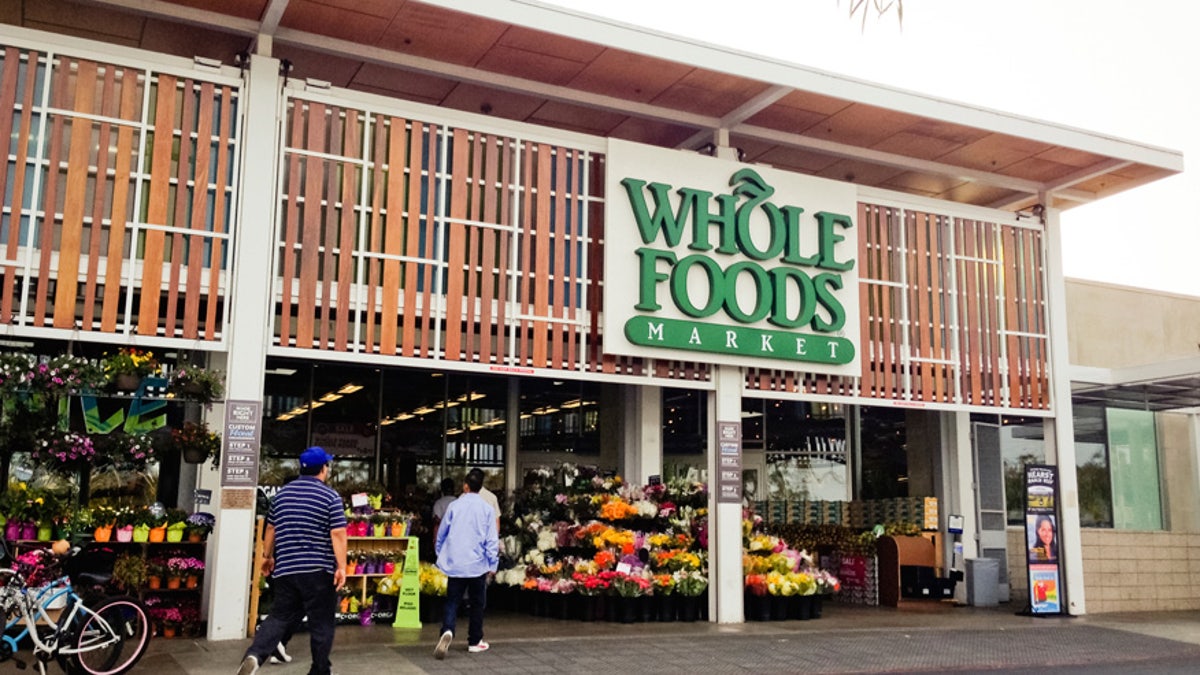
Analysts say Whole Foods shoppers are heading to Kroger for their organic food fix. (iStock)
The story about Amazon’s acquisition of Whole Foods Market broke only a little over a week ago, yet it has already been told over, and over again, from almost every possible angle. Most stories have used phrases like “sending shockwaves across both the online and brick-and-mortar industries,” while others predicted dire proclamations, forecasts of further doom with big-name stores closing and prophecies of “death” for shopping malls, all blaming e-commerce as the inevitable culprit.
But the reality is that it underscores again and again how the intersection of retail and e-commerce is the wave of the future and is ushering in the long awaited “channel-less shopper.”
The doom and gloom so often predicted for brick-and-mortar establishments is being proved wrong again and again. The actuality is that retail is being reinvented by technological disruption and evolving into a fully integrated business model of bricks-and-clicks.
As an example, several retailers have quietly adopted this integration, focusing on the growing popularity and need for showrooming - offering customers a fully integrated in-store brand experience with the flexibility to purchase in store or online – and they are doing well. These include not only apparel retailers, but also the automotive, consumer electronics and furniture industries, among others. Showrooming has only increased consumers' appetite for a variety of shopping options, making digital retailing and brick-and-mortar complementary. In that scenario, consumers enjoy the shopping experience, without shopping in the traditional sense at all. In many cases, they won't bring home a purchase but, instead, buy online.
The doom and gloom so often predicted for brick-and-mortar establishments is being proved wrong again and again. The actuality is that retail is being reinvented by technological disruption and evolving into a fully integrated business model of bricks-and-clicks.
In the end, brick-and-mortar stores assist in the transaction that would not otherwise have occurred. I predict the same trajectory, now at play, for the grocery industry.
Amazon and Whole Foods Market weren’t always seen as obvious partners, but as a long-term participant in shaping the retail landscape, I can readily forecast that they each will benefit from this merger. For Amazon, they have made a dramatic step into brick and mortar, which will catapult the e-commerce giant into hundreds of physical stores and fulfill a long-held goal of selling more groceries. Whole Foods Market will provide the shopping experience that still connects customers to retail stores, have the advantage of likely increased sales and will no longer need to expand its retail footprint.
It is the logical next step for technology disruption in the grocery industry, one that can only enhance grocery retailers.
Consumers' increased appetite for a variety of shopping options has caused several brands to make strategic shifts and embrace new approaches. In the food business, food retailers have adopted a multichannel approach that blends a variety of platforms, with consumers being able to shop online and through mobile apps and choose in-store pickup, curbside pickup, or home deliveries.
Amazon’s foray into the increasingly digitally friendly grocery business is also a way for the retail giant to expand its own grocery business, Amazon Fresh. By acquiring a network of brick-and-mortar distribution centers throughout the country, it will fulfill its in-house last mile delivery service – the delivery of customer purchases from a transportation hub or store to a customer – on top of that network.
The retailer has always made the store the "last mile," and it has been the customer who invested time and energy traveling to the store, the mall, or the big-box retailer to pick up their purchases and bring them home. Now, there are many efficiencies for retailers that enable them to carry a greater selection while saving on shipping and labor; creating an enhanced shopping experience and greater satisfaction for more customers.
The prospect of millions of Amazon users and Prime subscribers turning to Amazon to buy groceries digitally is not as fearsome as some would have it. Experiential retail is key, particularly for the highly-coveted millennials who seek inspiring shopping experiences and, as such, pioneering brands are ramping up their experiential offerings. These savvy retailers know it is their job at the store level to establish and deepen the consumer relationship and ultimately provide a greater connection with the brand that can last beyond the sensory engagement of the in-store experience.
In a word, the confluence of retail and e-commerce needs to be embraced, not feared. Together, across diverse industries, they can ensure more sustainable profits and create the channel agnostic consumer shopping experience.
